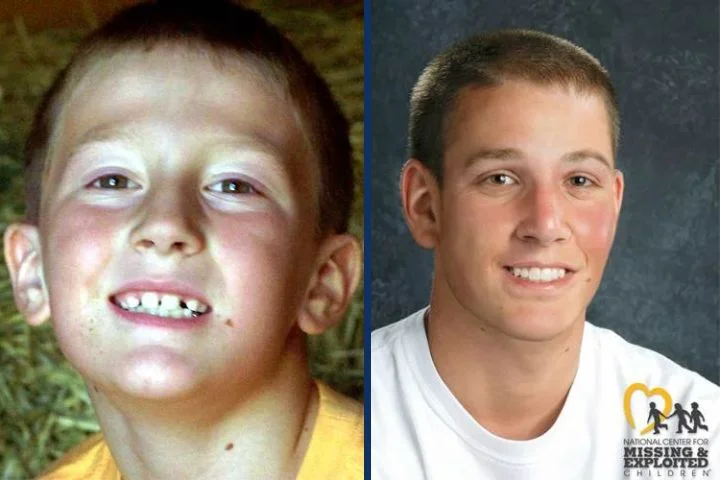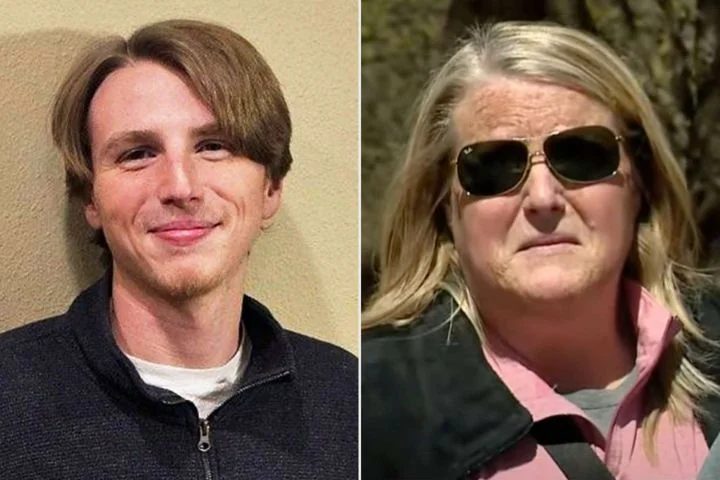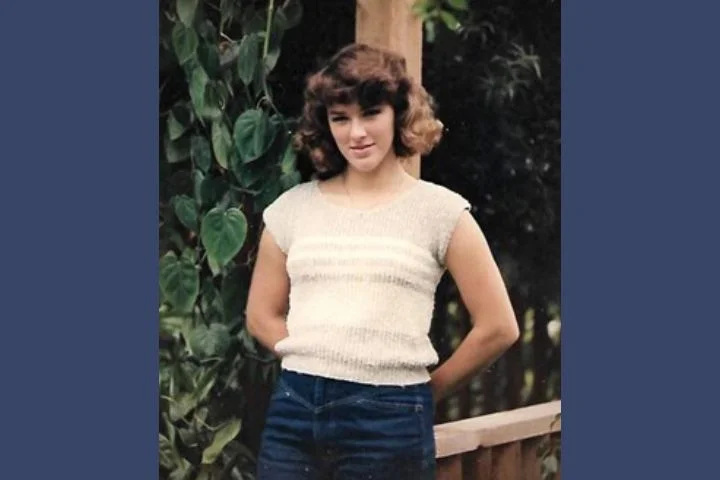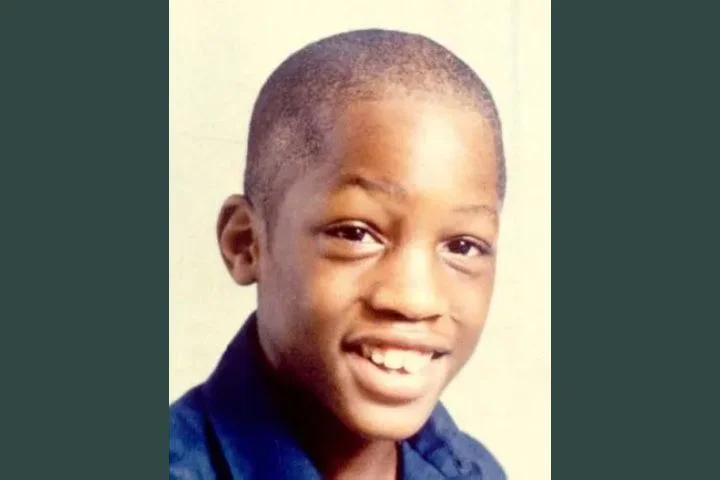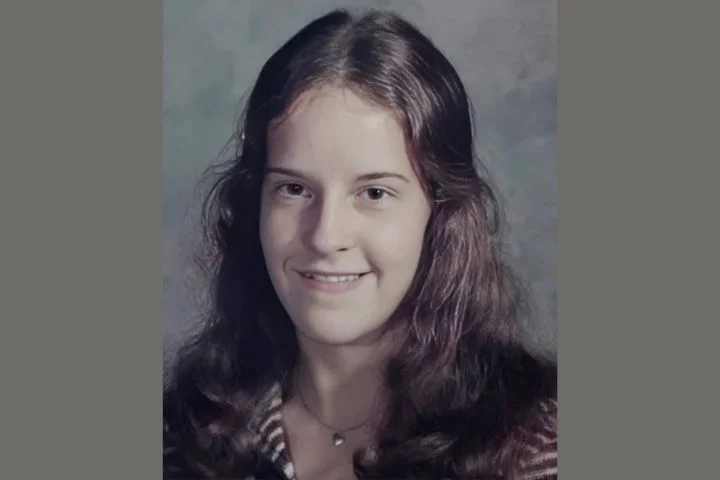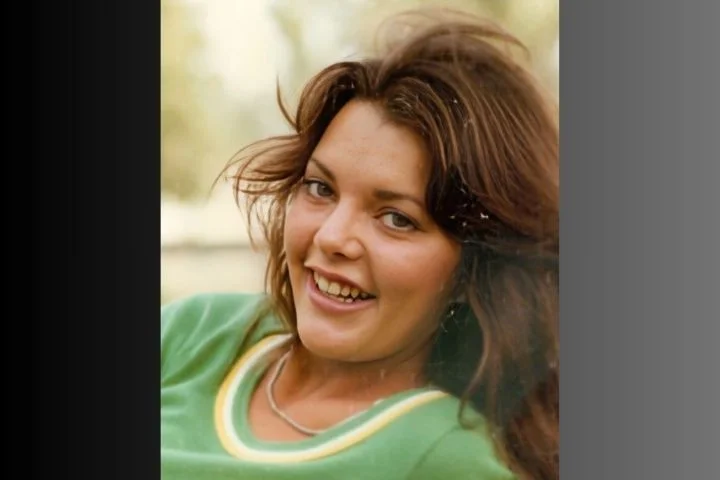Sandy Rea was out of cigarettes and told her friend that she was going to run to the store to buy a pack. The 17-year-old, who had recently moved out of her mother’s home, was staying with a classmate’s family in Shawnee, Oklahoma. When she left the house on the evening of Wednesday, September 19, 1984, she told her friend that she would be back soon. She never made it back to the house, however, and she was never seen again after that night.
Sandy left all of her belongings, including her purse, at her friend’s house. She initially planned to walk to a nearby convenience store, but before she got there some of her friends pulled up and asked if she needed a ride anywhere. She asked them to drop her off at the Windsor Bowling Alley; her cousin, Jerry Doyle, worked there and she visited with him for a while. She then asked if he could give her a ride to get cigarettes, but Jerry explained that he couldn’t leave work.
Sandy called one of her friends to see if she wanted to go to a party with her that night, but the friend told her that her parents wouldn’t let her go out that night. Sandy indicated that she would try to find a ride with someone else. Jerry believed that she called several people but he wasn’t sure who finally agreed to give her a ride.
Around 8:30 pm, Sandy left the bowling alley. She got a ride with someone, but no one was certain who that person was. Unfortunately, Sandy had a habit of hitchhiking and accepting rides from strangers, making it nearly impossible to determine who had picked her up that night. After leaving the bowling alley, Sandy disappeared.
Sandy’s mother, Carol Rea, feared the worst when she learned that no one had been able to get in touch with her daughter. She called the Shawnee Police Department and reported the teenager missing. Investigators, however, weren’t concerned. They told Carol that Sandy was most likely a runaway and would return when she was ready.
Carol was adamant that Sandy wasn’t the type of teenager who would run away from home. Although she was living with a friend, she stopped by her mother’s house frequently to check in on her younger siblings. Sandy considered herself a mother figure to them, especially in the aftermath of her parents’ divorce a few years earlier. Carol was certain she wouldn’t have voluntarily abandoned her family.
By January 1985, detectives were starting to re-evaluate their runaway theory. Shawnee Police Lt. Charles Philips admitted that there had been no sign of Sandy since the previous September and they were no longer sure that she was missing voluntarily. He noted that Sandy had turned 18 years old on November 25, 1984, meaning she was legally an adult and had no reason not to contact her family as they couldn’t force her to come home.
The police department changed Sandy’s status from a runaway to a missing adult and reached out to local newspapers for help locating her, but they didn’t actively search for her. Lt. Philips noted, “We don’t want to blow it out of proportion, because it still has all the appearances of a runaway…there is no evidence to indicate that there has been any foul play.” As far as investigators were concerned, Sandy was simply missing.
Lt. Philips stated that detectives hadn’t received any solid leads about Sandy’s whereabouts, though there were rumors she had been spotted in Oklahoma City. He admitted that investigators hadn’t questioned all of Sandy’s friends so it was unknown if any of them knew where the teenager might be.
Carol told a reporter for The Daily Oklahoman that she believed her daughter had been killed. “Sandy has never left before without calling me…she didn’t take her purse with her. She just bought new clothes…would you buy new clothes and then run away without them?” She pointed out that Sandy always looked forward to celebrating Christmas with her family; Carol was sure the teenager wouldn’t have missed it voluntarily. “I believe she accepted a ride with someone and met with foul play.”
Carol refused to give up the search for Sandy. In the years following her disappearance, Carol became a bail bondsman as a way of keeping tabs on some of the people her daughter had been hanging around with, people she knew had criminal records. Although Sandy had never been in any trouble with the law, some of the people she associated with were in and out of jail. Carol was convinced her daughter had been killed by a person she thought was a friend. She prayed that someone would come forward with the information needed for the case to be solved, but it never happened.
There was a persistent rumor that one of Sandy’s ex-boyfriends had killed her and buried her in his basement. Carol said that Danny McLeod had been extremely upset and jealous when Sandy broke up with him; she thought he was capable of mur*der. He was extensively interviewed and passed a polygraph examination in 1992; ground-penetrating radar also laid to rest the rumor that Sandy was buried in his basement. He was eventually ruled out as a possible suspect.
Years went by and Sandy’s case remained cold. In July 2012, one of Sandy’s old friends decided to do some online research to see if she could piece together what had happened to Sandy so many years earlier. Her search led her to the National Missing Persons and Unidentified database, or NamUs. There, she saw an entry for a partial skull that was found in Pottawatomie County in November 2007.
The skull, which was determined to belong to a female who had been between 14 and 30 years old when she died, had been found in a river not far from where Sandy was last seen. Wondering if it could possibly belong to her, Sandy’s friend emailed Kayla Berg, the contact person listed in the NamUs case file.
Kayla, an anthropologist with the Oklahoma State Medical Examiners Office, arranged to collect DNA samples from Sandy’s mother and sister so they could be tested against that of the unidentified skull. Although the skull ultimately proved not to belong to Sandy — it’s still unidentified as of July 2023 — Carol and Sandy’s sister, Brandy, felt hopeful about the case for the first time since Sandy vanished. At least now their DNA was on file and could be checked against any other unidentified bodies in hopes of finally finding Sandy.
Brandy admitted to reporters that she didn’t believe her sister was going to be found alive. “I don’t think there are any hopes other than finding her remains. We just want to know, without a doubt, she’s gone.”
In 2013, Sandy’s family arranged to have a billboard about her disappearance placed in Shawnee in the hopes that someone would see it and finally decide to come forward with information about what had happened to the teenager so many years earlier. The Shawnee Police Department also dedicated a lot of time to the case, interviewing people who had been associated with Sandy when she went missing and trying to develop solid leads about her whereabouts.
Like Sandy’s family members, Shawnee Police Sgt. Greg Gibson believed that Sandy had been killed, but said that her case would remain classified as a missing person case until they had evidence to prove she was no longer alive. He noted that the family had generated a lot of interest in the case on social media, which led to detectives receiving some new tips about what had happened to Sandy.
In October 2013, investigators received a tip that mentioned a specific location where Sandy’s body could be buried. Officials with the Shawnee Police Department called the Crime Scene Archaeology Recovery Group for assistance in looking for Sandy. They dug up the area indicated, which was near some railroad tracks, but they didn’t find any clues to Sandy’s whereabouts.
Sandy’s cousin, Jeffrey Price, admitted that Sandy had been hanging around with a rough crowd at the time of her disappearance. “They got high, drank, and partied. She was in that element, but on the flip side, here’s a girl who was a good student and was voted Shawnee High School’s president of the Vocational Industrial Club of America.”
In 2015, Shawnee Police Detective Ronnie Wilson was assigned Sandy’s case. Despite the fact that she had been missing for three decades, Detective Wilson believed that the case could still be solved. He re-interviewed Sandy’s friends and ex-boyfriends, trying to unravel the truth about what had happened in 1984. Although he wasn’t ready to name anyone a suspect, he admitted that he believed he had already caught at least one person in a lie and he was confident that the truth would eventually come out.
Over the years, more than 200 people have been interviewed about Sandy’s disappearance, yet little more is known now than when she disappeared nearly 40 years ago. Detectives believe there are still people in the Shawnee area who know exactly what happened to Sandy; they hope they will eventually do the right thing and tell investigators what they know so justice can finally be obtained for Sandy and her family.
Sandy Pathresa Rea was just 17 years old when she vanished from Shawnee, Oklahoma in September 1984. Her case was mishandled during the first few years and investigators have never been able to determine exactly what happened to her, but they do not believe she is still alive. Sandy has brown eyes and light brown hair, and at the time of her disappearance, she was 5 feet 2 inches tall and weighed 110 pounds. She was last seen wearing a gray cropped T-shirt, pink jogging pants, and flip-flops. If you have any information about Sandy, please contact the Shawnee Police Department at 405–273–2121.

